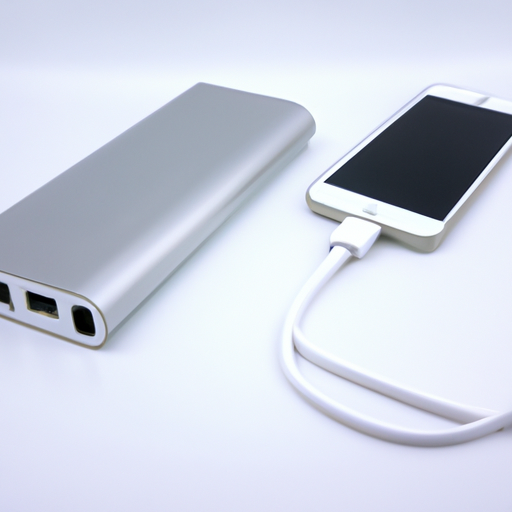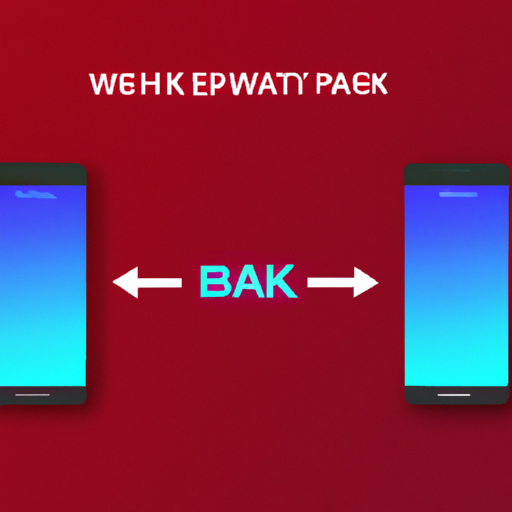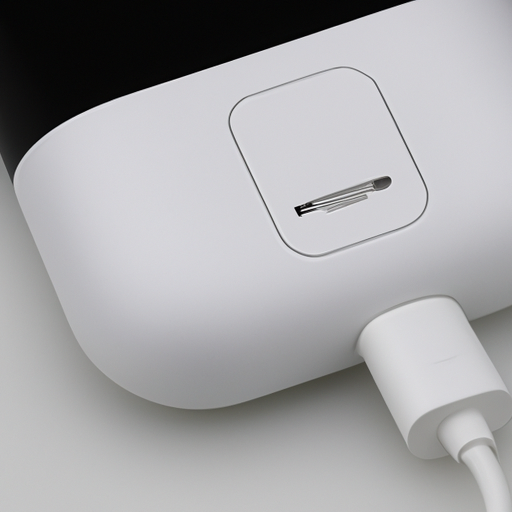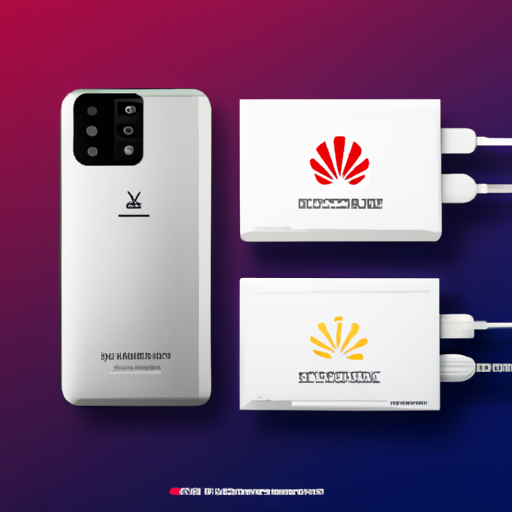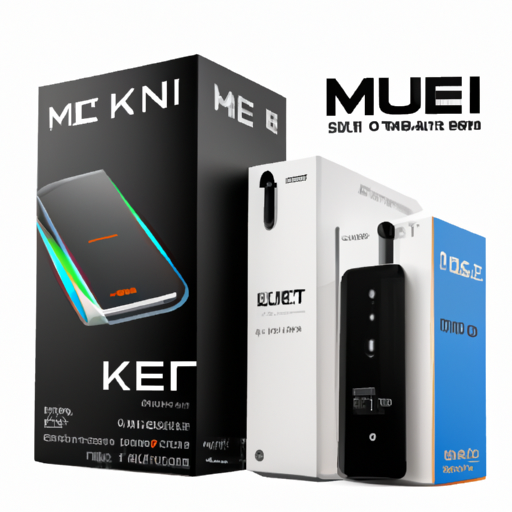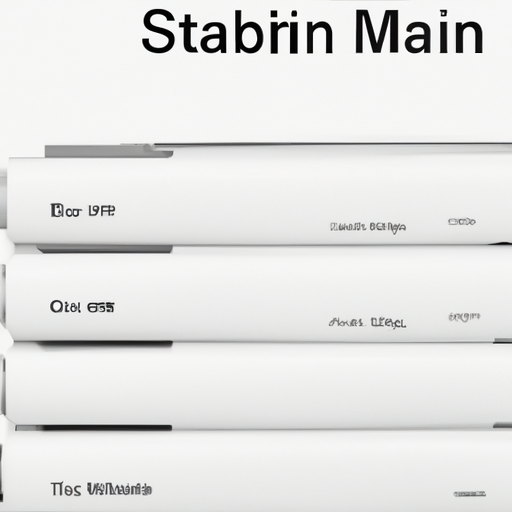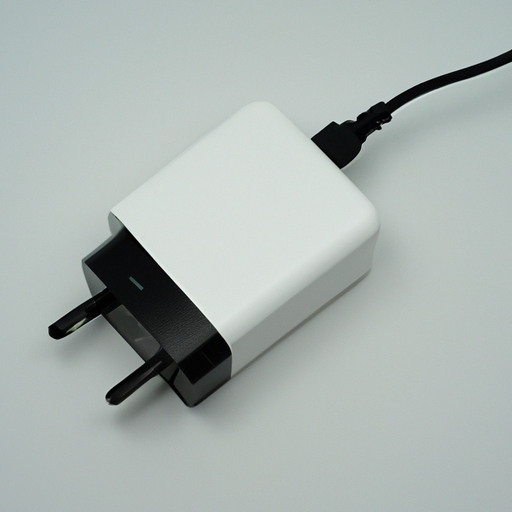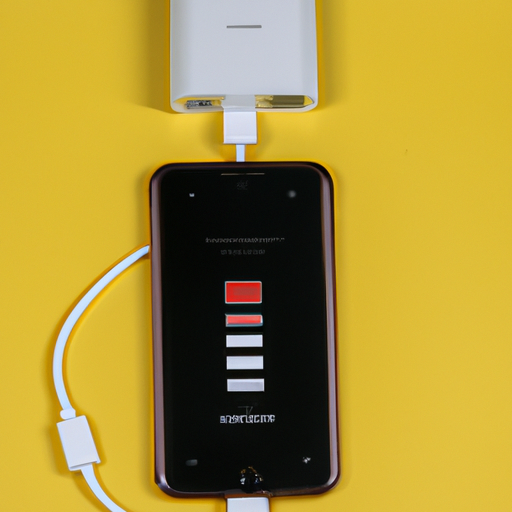What is the Product Life of Mobile Power Bank Fast Charging?
I. Introduction
In our fast-paced digital world, mobile power banks have become essential accessories for anyone who relies on their devices throughout the day. These portable chargers provide a convenient way to keep smartphones, tablets, and other gadgets powered up, especially when access to a wall outlet is limited. As technology advances, the demand for fast charging capabilities has surged, allowing users to recharge their devices in a fraction of the time. This article aims to explore the product life of mobile power banks, particularly those equipped with fast charging technology, and provide insights into how to maximize their longevity.
II. Understanding Mobile Power Banks
A. What is a Mobile Power Bank?
A mobile power bank is a portable battery pack designed to charge electronic devices on the go. These devices typically consist of a rechargeable battery, a circuit board for power management, and various ports for connecting to different devices. Power banks come in various sizes and capacities, ranging from small, pocket-sized models to larger units capable of charging multiple devices simultaneously.
1. Basic Components and Functionality
The primary components of a power bank include:
Battery: The heart of the power bank, usually made from lithium-ion or lithium-polymer technology.
Circuit Board: Manages the flow of electricity, ensuring safe and efficient charging.
Ports: Allow users to connect their devices for charging, often including USB-A, USB-C, and sometimes even AC outlets.
2. Types of Power Banks
Power banks can be categorized based on their capacity, size, and features. Common types include:
Standard Power Banks: Basic models with fixed capacities, suitable for casual users.
High-Capacity Power Banks: Designed for heavy users, these can charge multiple devices or larger devices like laptops.
Solar Power Banks: Equipped with solar panels, these are ideal for outdoor enthusiasts.
Fast Charging Power Banks: Specifically designed to support fast charging protocols, allowing for quicker device recharges.
B. The Role of Fast Charging Technology
1. Explanation of Fast Charging
Fast charging technology enables devices to charge at a significantly higher rate than standard charging methods. This is achieved through increased voltage and current, allowing users to recharge their devices in a fraction of the time. Various standards, such as Qualcomm's Quick Charge and USB Power Delivery, have emerged to facilitate this rapid charging process.
2. Benefits of Fast Charging for Users
The primary benefits of fast charging include:
Time Efficiency: Users can quickly recharge their devices, making it ideal for those on the go.
Convenience: Fast charging allows for shorter charging sessions, which is particularly useful during brief stops or while multitasking.
Enhanced User Experience: With devices charged quickly, users can enjoy uninterrupted access to their favorite apps and services.
III. Factors Influencing the Product Life of Power Banks
The longevity of a mobile power bank is influenced by several factors, including battery chemistry, charge cycles, usage patterns, and environmental conditions.
A. Battery Chemistry
1. Lithium-Ion vs. Lithium-Polymer Batteries
Most power banks utilize either lithium-ion or lithium-polymer batteries. Lithium-ion batteries are known for their high energy density and longevity, while lithium-polymer batteries are lighter and can be molded into various shapes. However, lithium-polymer batteries may have a shorter lifespan compared to their lithium-ion counterparts.
2. Impact of Battery Chemistry on Longevity
The choice of battery chemistry significantly affects the overall lifespan of a power bank. Lithium-ion batteries typically last longer, with a lifespan of around 500 to 1,000 charge cycles, while lithium-polymer batteries may last between 300 to 500 cycles.
B. Charge Cycles
1. Definition of Charge Cycles
A charge cycle refers to the process of charging a battery from 0% to 100% and then discharging it back to 0%. This cycle can occur in one go or be spread out over multiple partial charges.
2. Average Number of Charge Cycles for Power Banks
Most power banks are designed to withstand a specific number of charge cycles before their capacity begins to degrade. On average, a quality power bank can handle between 500 to 1,000 charge cycles.
3. How Fast Charging Affects Charge Cycles
While fast charging is convenient, it can generate more heat, which may impact battery longevity. Frequent use of fast charging can lead to a reduction in the number of effective charge cycles, potentially shortening the product life of the power bank.
C. Usage Patterns
1. Frequency of Use
The more frequently a power bank is used, the more charge cycles it will undergo, which can lead to faster deterioration. Users who rely heavily on their power banks may notice a decline in performance sooner than those who use them occasionally.
2. Charging Habits and Their Impact on Battery Life
Charging habits play a crucial role in the longevity of a power bank. Regularly allowing the battery to drain completely before recharging can lead to increased wear. Instead, it's advisable to recharge the power bank when it reaches around 20-30% capacity.
D. Environmental Factors
1. Temperature and Humidity Effects
Extreme temperatures can adversely affect battery performance. High temperatures can lead to overheating, while low temperatures can reduce the battery's ability to hold a charge. Humidity can also cause corrosion and damage to the internal components.
2. Storage Conditions
Proper storage is essential for maintaining a power bank's longevity. Storing it in a cool, dry place and avoiding prolonged exposure to extreme temperatures can help preserve its lifespan.
IV. Signs of Deterioration in Power Banks
As power banks age, users may notice several signs of deterioration:
A. Decreased Charging Capacity
One of the first signs of a failing power bank is a noticeable decrease in its ability to hold a charge. If a power bank that once fully charged a device now only provides a partial charge, it may be time to consider a replacement.
B. Overheating Issues
If a power bank becomes excessively hot during charging or discharging, it may indicate internal damage or a failing battery. Overheating can pose safety risks and should be addressed immediately.
C. Physical Damage or Swelling
Any visible physical damage, such as swelling or cracks in the casing, is a clear sign that the power bank is no longer safe to use. Swelling can indicate battery failure and poses a risk of leakage or explosion.
D. Inconsistent Charging Performance
If a power bank frequently fails to charge devices or takes significantly longer than usual to do so, it may be nearing the end of its product life.
V. Extending the Life of Mobile Power Banks
To maximize the lifespan of a mobile power bank, users can adopt several best practices:
A. Best Practices for Charging and Usage
1. Optimal Charging Habits
Avoid letting the power bank drain completely before recharging. Instead, aim to recharge it when it reaches around 20-30% capacity. Additionally, avoid using the power bank while it is charging, as this can generate excess heat.
2. Avoiding Extreme Temperatures
Store and use the power bank in a temperature-controlled environment. Avoid leaving it in hot cars or exposing it to direct sunlight for extended periods.
B. Maintenance Tips
1. Regular Cleaning and Inspection
Keep the power bank clean and free from dust and debris. Regularly inspect it for any signs of damage or wear.
2. Proper Storage Techniques
When not in use, store the power bank in a cool, dry place. If storing for an extended period, charge it to around 50% to maintain battery health.
C. Choosing the Right Power Bank
1. Importance of Quality and Brand Reputation
Investing in a high-quality power bank from a reputable brand can significantly impact longevity. Look for products with good reviews and warranties.
2. Features to Look for in a Durable Power Bank
Consider features such as overcharge protection, temperature control, and high-quality battery chemistry when selecting a power bank.
VI. The Future of Power Bank Technology
As technology continues to evolve, so too does the landscape of mobile power banks. Innovations in battery technology and fast charging standards are paving the way for more efficient and longer-lasting products.
A. Innovations in Battery Technology
1. Solid-State Batteries
Solid-state batteries, which use a solid electrolyte instead of a liquid one, promise to offer higher energy densities and improved safety. These batteries could significantly extend the lifespan of power banks.
2. Graphene Batteries
Graphene batteries are another emerging technology that could revolutionize the power bank market. They offer faster charging times, longer lifespans, and greater energy storage capabilities.
B. Trends in Fast Charging Technology
1. Emerging Standards
As fast charging technology continues to advance, new standards such as USB Power Delivery and Quick Charge are becoming more prevalent. These standards not only improve charging speeds but also enhance compatibility across devices.
2. Potential Impact on Product Life
While fast charging offers convenience, it is essential to balance speed with battery health. Future innovations may focus on optimizing fast charging to minimize its impact on battery longevity.
VII. Conclusion
In conclusion, understanding the product life of mobile power banks, particularly those with fast charging capabilities, is crucial for consumers. By considering factors such as battery chemistry, charge cycles, usage patterns, and environmental conditions, users can make informed choices that extend the lifespan of their power banks. Adopting best practices for charging and maintenance, along with selecting high-quality products, can further enhance longevity. As technology continues to evolve, staying informed about innovations in battery technology and fast charging standards will empower consumers to make the best choices for their mobile power needs.
VIII. References
- Citing relevant studies, articles, and expert opinions on battery technology and power banks.
- Additional resources for further reading on power banks and battery technology.
By understanding the intricacies of mobile power banks and their fast charging capabilities, users can ensure they get the most out of their devices while minimizing waste and maximizing efficiency.

